False blochi catfish - Corydoras delphax
Scientific name: Corydoras delphax
Common name: False blochi catfish
Family: Callichthyidae
Usual size in fish tanks: 4 - 5 cm (1.57 - 1.97 inch)
014
Recommended pH range: 6 - 7.5
Recommended water hardness: 4 - 12°N (71.43 - 214.29ppm)
0°C 32°F30°C 86°F
Recommended temperature range: 21 - 26 °C (69.8 - 78.8°F)
The way how these fish reproduce: Spawning
Where the species comes from: South America
Temperament to its own species: peaceful
Temperament toward other fish species: peaceful
Usual place in the tank: Bottom levels
Food and Feeding
False Blochi Catfish thrive on a varied diet with plenty of vegetable matter. Offer sinking algae wafers, pellets, and occasional treats of bloodworms to ensure they get their fair share of food. They also enjoy blanched vegetables like zucchini or spinach, which provide additional nutrients. Feed them during the evening hours when they are most active, as this aligns with their nocturnal habits.
Origin
False Blochi Catfish (Corydoras delphax) are native to the rivers and tributaries of Colombia, South America. These habitats are characterized by soft, slightly acidic to neutral water with sandy substrates and moderate vegetation. They are often found in slow-moving waters, which mimic their preferred aquarium conditions.
Sexing
Sexing Corydoras delphax becomes possible once they reach maturity. Females tend to be larger and have a more rounded, plump body shape, particularly noticeable when viewed from above. Males are generally slimmer and slightly smaller in size.
Breeding
Breeding False Blochi Catfish is relatively straightforward with the right conditions. Begin by lowering the water level and dropping the water temperature by a few degrees to simulate a seasonal change, which can trigger spawning. The female scatters eggs on the tank glass, plants, or substrate. After spawning, remove the adults to prevent them from eating the eggs. The eggs hatch in 3-5 days, and the fry can be fed on newly hatched brine shrimp or powdered fry food.
Lifespan
The False Blochi Catfish has an average lifespan of 3-5 years when provided with proper care, including high water quality, a balanced diet, and a stress-free environment.
Compatibility
Corydoras delphax are peaceful fish that thrive in community tanks with other non-aggressive species. Ideal tank mates include small tetras, rasboras, guppies, and other peaceful bottom dwellers like Kuhli loaches. Always keep them in groups of at least 5-6 individuals to fulfill their social needs and encourage natural behavior.
Short Description
False Blochi Catfish are a shy and peaceful species that prefer the company of their own kind. They are excellent additions to community aquariums, particularly for hobbyists looking for active bottom dwellers. Ensure their tank has open swimming spaces, sandy or fine gravel substrates, and hiding spots such as caves or driftwood. Regular water changes and stable water parameters are essential for their well-being.
Pictures
Bought from jjphoto.dk by aqua-fish.net.
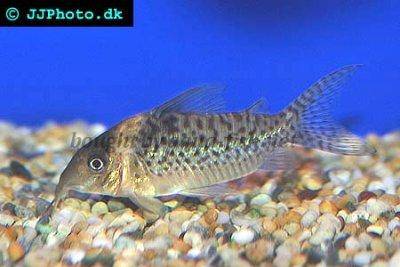





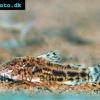 Aspidoras
Aspidoras 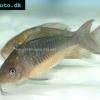 Giant
Giant 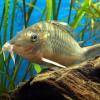 Hognosed
Hognosed 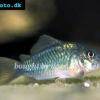 Emerald
Emerald 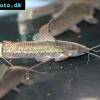 Cascarudo
Cascarudo 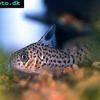 Acre
Acre 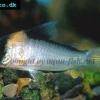 Adolfo’s
Adolfo’s 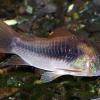 Bronze
Bronze 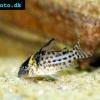 Agassizii’s
Agassizii’s 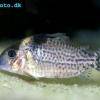 Spotted
Spotted 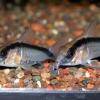 Skunk
Skunk 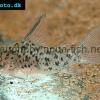 Corydoras
Corydoras 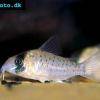 Fairy
Fairy 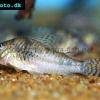 Corydoras
Corydoras 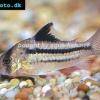 Pink
Pink 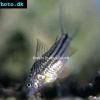 San
San 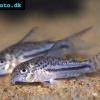 Bond’s
Bond’s  Spotted
Spotted 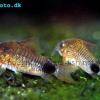 Tailspot
Tailspot 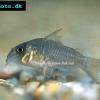 Concolor
Concolor 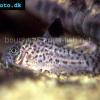 Cope’s
Cope’s 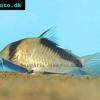 Sand’s
Sand’s 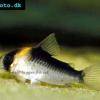 False
False 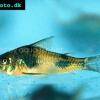 Ehrhardt’s
Ehrhardt’s 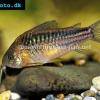 Elegant
Elegant 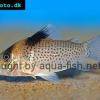 Saddle
Saddle 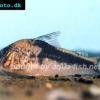 Fowler’s
Fowler’s 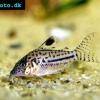 Gomezi
Gomezi 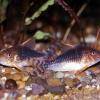 Palespotted
Palespotted 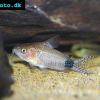 Guapore
Guapore 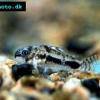 Dainty
Dainty 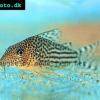 Mosaic
Mosaic 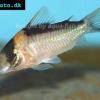 Imitator
Imitator 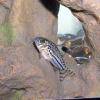 Julii
Julii 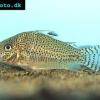 Leopard
Leopard 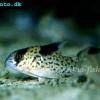 Black
Black 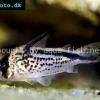 Slant-bar
Slant-bar 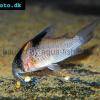 Bluespotted
Bluespotted 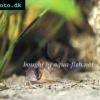 False
False 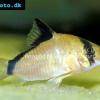 Bandit
Bandit 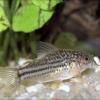 Mini
Mini 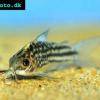 Napo
Napo 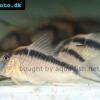 Corydoras
Corydoras 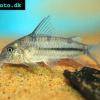 Blue
Blue 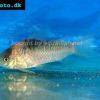 Nijssen’s
Nijssen’s 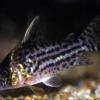 Ornate
Ornate 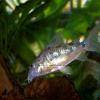 Peppered
Peppered 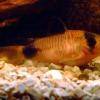 Panda
Panda 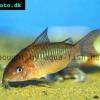 Albertini
Albertini 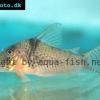 Pastaza
Pastaza 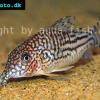 Corydoras
Corydoras 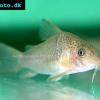 Many-spotted
Many-spotted 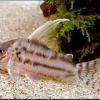 Pretty
Pretty 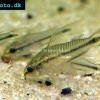 Dwarf
Dwarf 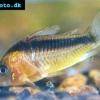 Iridescent
Iridescent 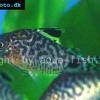 Reticulated
Reticulated 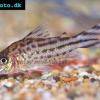 Bannertail
Bannertail 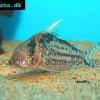 Robust
Robust 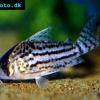 Schwartz’s
Schwartz’s 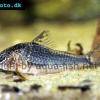 Black
Black 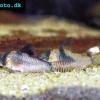 Longnosed
Longnosed 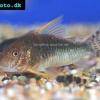 Seuss’
Seuss’ 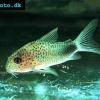 Smudge
Smudge 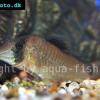 Masquerade
Masquerade 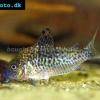 False
False 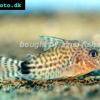 Millenium
Millenium 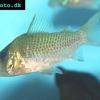 Pinkthroat
Pinkthroat 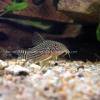 Sterba’s
Sterba’s 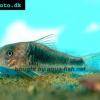 Longsnout
Longsnout 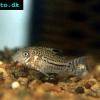 False
False 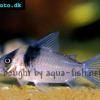 Miguelito
Miguelito 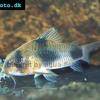 Twosaddle
Twosaddle 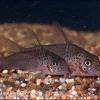 Xingu
Xingu 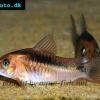 Black
Black 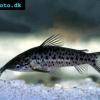 Porthole
Porthole 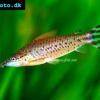 Flagtail
Flagtail 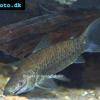 Brown
Brown 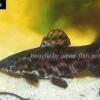 Spotted
Spotted